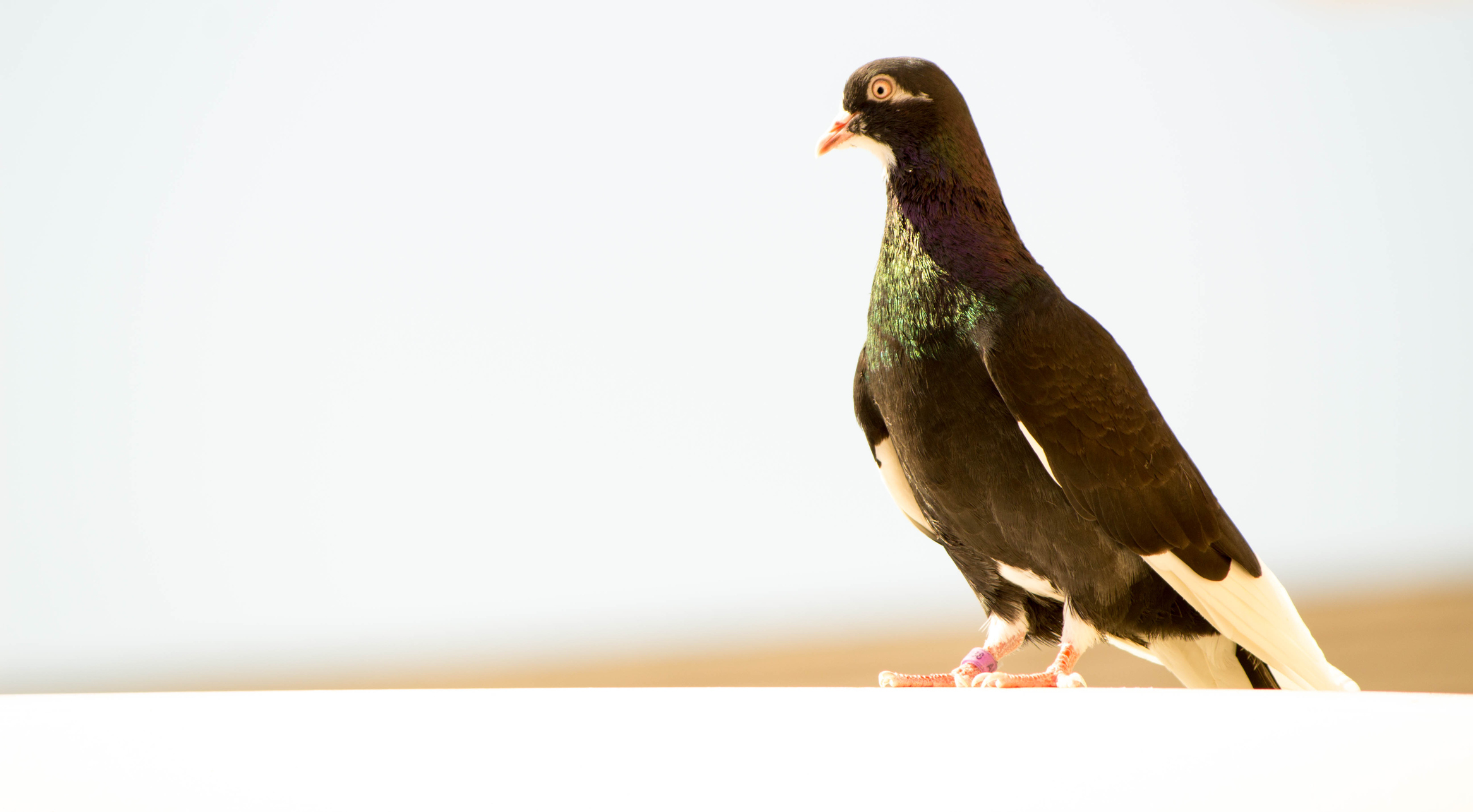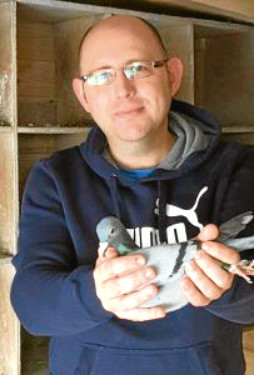
THE British Homing World Show recently attracted thousands of fanciers from across the UK to Blackpool.
Ian Evans, general manager of the Royal Pigeon Racing Association, told Murray Scougall the Honest Truth about our love for the intelligent birds.
What does the RPRA do?
The Royal Pigeon Racing Association is the premier governing body for pigeon racing in the UK. It has 23,000 members, employs 30 members of staff and has an annual turnover of £1.7m.
How did you become involved in the RPRA?
I’ve been around racing pigeons all my life. Both of my grandfathers and my father were pigeon fanciers. I’ve been a member of the RPRA for many years and was honoured to be recruited as general manager in November.
When did pigeon racing begin in the UK?
On March 28, 1896, there was a meeting of “pigeon keepers” at the White Swan, Call Lane, Leeds. This led to the formation of what was then called the National Homing Union.
When did it peak in popularity and how many people took part?
The sport grew in membership and popularity during the 1900s, particularly after the end of the Second World War. Strangely, until 1987 it was impossible to calculate the actual number of members in the association. This was changed by the introduction of single member subscriptions.
In 1989, membership was 60,000. Sadly this total has been declining steadily ever since, with current membership being 23,000. Estimates suggest there are 40,000 pigeon fanciers in the UK.
How important were pigeons during the war?
A quarter of a million pigeons were used during the Second World War, proving they were extremely important to the war effort.
Pigeons were used by the army, the RAF and the Civil Defence Services including the police, fire service, Home Guard and even Bletchley Park. There were tight controls on the keeping of pigeons and even rationing for pigeon feed. Of the 54 Dickin medals awarded to animals during the war, 32 were awarded to pigeons. One of these, called Royal Blue, was the first pigeon to bring a message from a force-landed aircraft on the continent. On October 10, 1940, he flew 120 miles in four hours 10 minutes.
How do pigeons find their way home?
Scientists believe that pigeons use a range of skills. The two most common theories are that they use their magnetic and solar compasses to navigate. Other scientists believe pigeons follow landmarks such as roads and rivers.
Who are some of the celebrities to have kept pigeons?
Ex-England footballer Gerry Francis and boxer Mike Tyson. The Queen keeps and races pigeons at Sandringham.
What happens at the British Homing World Show?
The overriding principle is to raise money for charity while providing the pigeon fancier with a social venue and an opportunity to buy all things pigeon.
To date more than £3 million has been raised for charitable institutions. Approximately 2000 pigeons are exhibited for judging, while there are also birds for sale and trade stands.
How did the close relationship with Blackpool develop?
The show began 45 years ago at Doncaster Racecourse.
In 1977, Great Britain was invited to host the 15th Olympiade and Congress of the Federation Colombophile Internationale, and with this the show moved to the larger venue of the Winter Gardens in Blackpool.
The variety of accommodation, the hospitality of the people of Blackpool and the help and cooperation of Blackpool Tourism to host the event has made it a very attractive and popular venue.

Enjoy the convenience of having The Sunday Post delivered as a digital ePaper straight to your smartphone, tablet or computer.
Subscribe for only £5.49 a month and enjoy all the benefits of the printed paper as a digital replica.
Subscribe